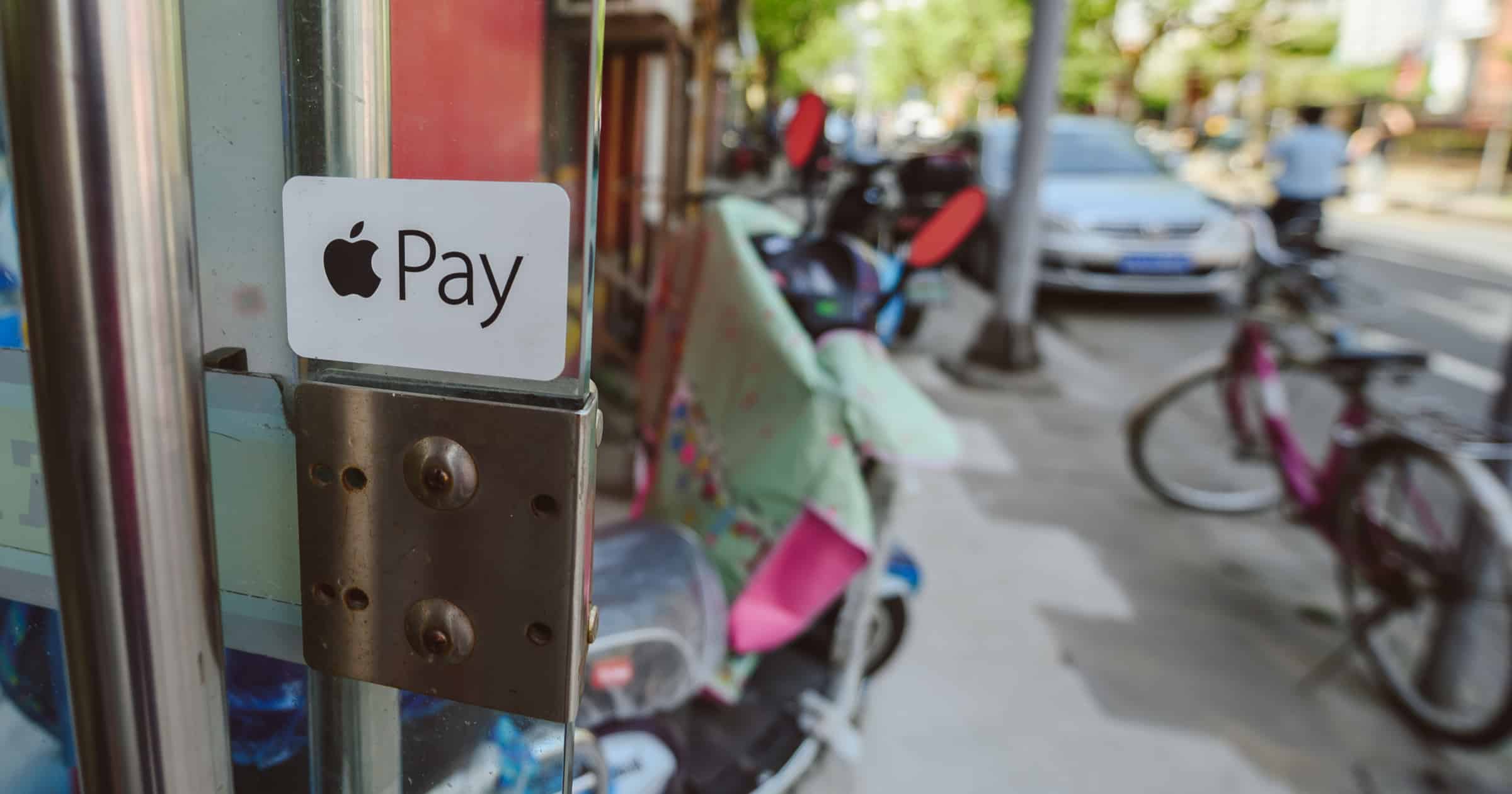More and more consumers are switching to digital wallets for even their in-person shopping. Apple Pay has been leading these efforts, and in 2020 did so in a huge way. A recent report states that Apple Pay transactions accounted for 92% of all mobile wallet business in 2020.
Analyzing and Tracking Mobile Wallet Debit Transactions
Each year, electronic funds transfer firm Pulse conducts a study of debit transaction trends. Pulse is a subsidiary of Discover Financial Services, which takes care of more than 4,400 financial institutions throughout the US. As part of that study, the firm’s analyst examines mobile wallet business trends.
In the 2021 Debit Issuer Study, Oliver Wyman found there were about two billion mobile wallet debit transactions in 2020. These transactions used Apple Pay, Samsung Pay, or Google Pay. The overall number is up 51 percent compared with 2019, and the study shows that Apple Pay handled, by far, the majority of the mobile wallet business.
In fact, the study shows Apple Pay outperformed the two major competitors across every metric. Samsung Pay accounted for 5 percent of the mobile wallet debit transactions in 2020, and Google Pay made up only 3 percent. To reiterate, Apple Pay transactions made up 92 percent of all mobile wallet debits in the US in 2020.
Pandemic Shopping Patterns Help Drive Apple Pay Growth
In 2020, 74 of the top 100 US merchants accepted Apple Pay. Examining retail locations throughout the country, Pulse’s study shows that 65 percent now support the service. These numbers are dramatically higher from the early days of Apple Pay, when we only saw a handful of regional merchants and even fewer smaller retail shops integrating any sort of tap-to-pay technology.
The COVID-19 pandemic generated a lot of dramatic changes in personal shopping patterns, including the mobile wallet business. People were shopping in person less often, and transaction sizes were larger. When we did shop in person, we attempted to minimize any contact, making Apple Pay even more appealing.
In fact, the study found that average ticket size increased 55 percent from $15 in 2019 to $23 in 2020. Debit ticket size grew from $40.50 in $2019 to $44.80 last year. We made fewer purchases, but the ones that we did make were larger.
According to the study, 57 percent of all 2020 mobile wallet transactions used some sort of supporting app. That means that Apple Wallet and other apps supporting Apple Pay were instrumental in helping Apple increase its usage rate.
For those of you keeping track at home, Apple Pay launched in the US in 2014. Since then, it has expanded to a number of countries around the world. In fact, just today we learned that Apple Pay is now available in Qatar.

Also worth noting that these figures (particularly the 92%) are for debit purchases. I believe credit card purchases are not counted here.
“ 74 of the top 100 US merchants accepted Apple Pay”…. that is surprisingly low compared to (my sample of) Australia and UK where seemingly every merchant large or small accepts Apple Pay. Since COVID hit, and many merchants stopped accepting cash payments, I no longer carry my wallet or cash.
It’s interesting to note the comparisons between the three mobile systems, but I wonder how much it compares to the wider NFC environment. Contactless transactions have been around, embedded in credit cards, for over 10 years. How is that comparing to these phone-based transactions?
…and a re-education on what ApplePay actually is, in the realm of NFC retail purchases, would make a good separate article.
I use it every time that I can. The snack bar run by the youth baseball teams at the neighborhood park accepts Apple Pay.
Jeff:
The strain of waiting for the first post by someone claiming that Apple collaborated with the Chinese to create COVID-19 (or that it was an Apple lab in China) just so that they could boost uptake of Apple Pay is killing me. My stopwatch is running. (I know. I shouldn’t. But I did.)
That said, the pandemic has compelled us to rethink all things work and play, and has likely permanently reshaped many of these activities, with the collateral benefit of providing us with more options and greater convenience.
These data would suggest that Apple Pay may well have reached an inflection point, at which adoption by merchants will become a runaway standard, with retailers failing to adopt it suffering a competitive disadvantage.
“with retailers failing to adopt it suffering a competitive disadvantage”
Last year our local Home Depot replaced their checkout terminals, but they do not accept Apple Pay. They are the only hardware store in our neighborhood.